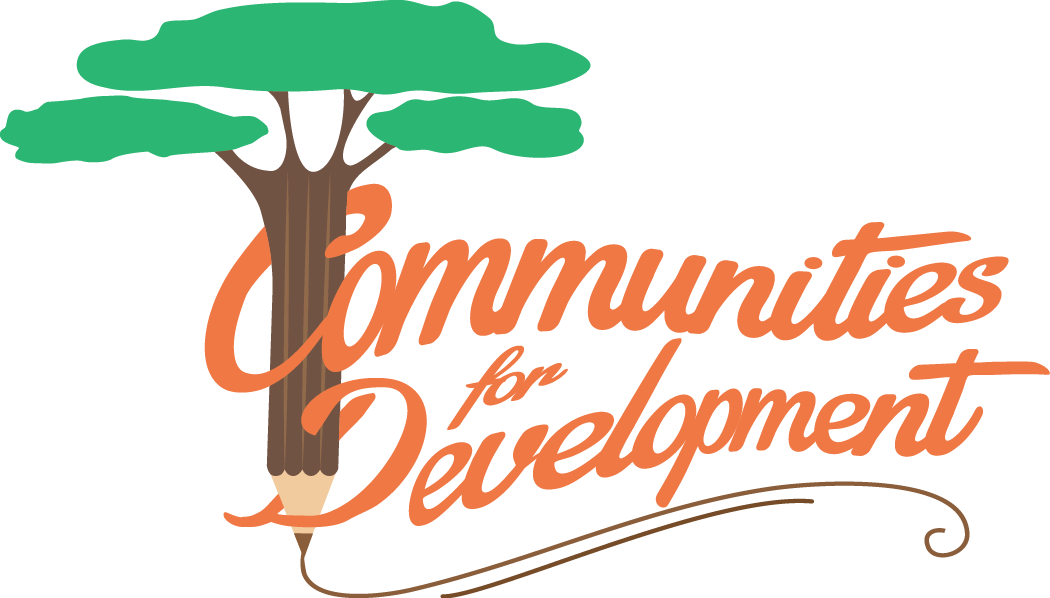Experiencing first hand the change that saving groups are bringing into the community has left me hungry for more knowledge about this financial institution that’s been existing now for decades. Now, I can honestly say that I believe that the saving groups concept was as revolutionary (and continues to be) as peer-to-peer lending boom happening now.
The concept of savings group is simple, robust and game-changing for millions of people living in developing countries. They bypass subsidies and high costs of maintaining brick and mortar branches, they build communities and empower them. Books have been written about the finances of the poor, about the (in)effectiveness of MFIs (Micro Finance Institutions) and billions of dollars spent on aid for years. The truth is that improving the financial situation of the poor people doesn’t have to be complex and expensive. All it’s needed is local NGOs, a few trainers in the beginning and simple materials. Instead of depending on large institutions with branches never available in very rural areas, savings group thrive on the power of people to solve their problems.
The concept of savings group is simple, robust and game-changing for millions of people living in developing countries.
Saving groups (or micro savings) are essentially mini financial institutions in their own self. The concept is simple: a group of people meets every week in their local spot to save a little bit of money. The growing pot of money can be loaned to other members who need it. At the end of the cycle the money gets distributed to each member based on how much they saved plus interest from the loans. The groups set up their own rules, choose committee members and vote democratically to whom give out a loan in a given week. They barely need a supervision beyond the first crucial 3 months. Today more then 10 million people from all corners of the world are members of saving groups. The benefits of the concept go far beyond financial stability throughout the year: they empower people to pursue development on their own terms. Community engagement brings tighter social networks and slowly opens minds for many, especially women.
Today more then 10 million people from all corners of the world are members of saving groups. The benefits of the concept go far beyond financial stability throughout the year: they empower people to pursue development on their own terms.
According to Jeffrey Ashe and Kyla Jagger Neilan, in their excellent book: In their own hands, how saving groups are revolutionizing development the basic and core principles that have made this concept successful can be applied to most of the development aid programs:
• Scalability and self-replication: spreading the ideas through peer exchange not by costly trainers.
• The simpler, the better: concept has to be widely understood even by the illiterate members of a community.
• Build on what’s already in place: team up with local NGOs who have the necessary knowledge and skills needed in a given country.
• Sustainability: all the tools can be found within a community.
• No hand-outs: none!
• Keep the costs low: no expensive tools needed
• Local control: get local members to form a committee to oversee a project.
• Embrace learning and innovation: team up with other partners operating within different spheres to deliver more holistic development. Can someone come and initiate a chat with saving group members on AIDS? On maternity practices? On good hygiene practices?
Villagers join simply because the saving groups make their lives better and give them a sense of belonging and power. They do not rely on hand-outs and capital injections. They are being built on assets not on debts.
With very minimal support I am hoping I leave my small footprint organizing a few savings group in Uganda over the next couple of months. Who knows what the future brings.Experimentar de primera mano el cambio que los grupos de ahorro están trayendo a la comunidad me ha dejado con ganas de saber más sobre esta entidad financiera que lleva existiendo varias décadas ya. Ahora puedo decir, honestamente, que creo que el concepto “grupos de ahorro” ha sido tan revolucionario (y lo sigue siendo) como el actual auge de los préstamos peer-to-peer.
